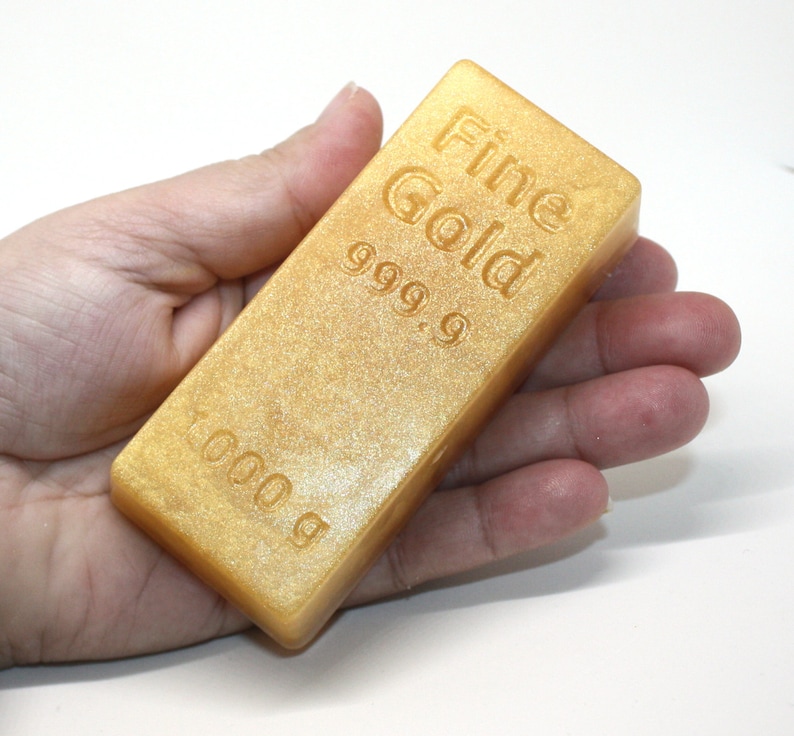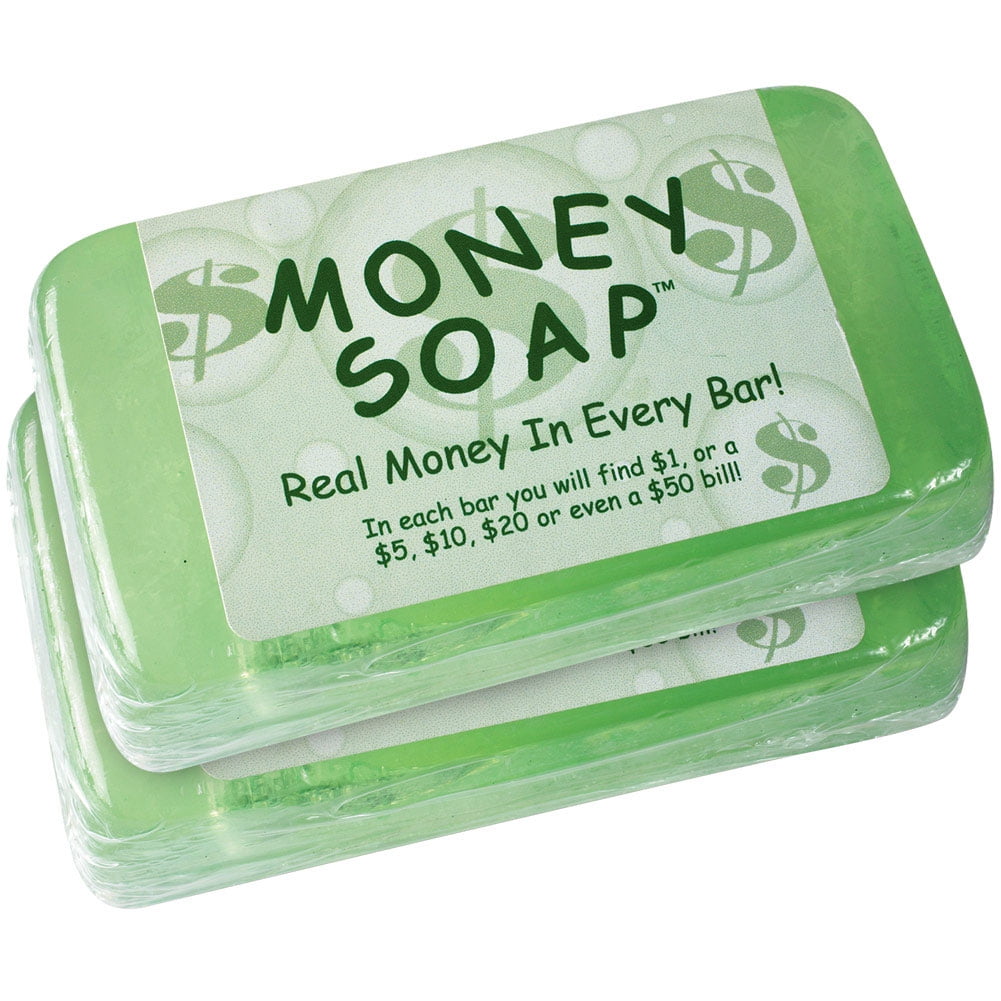


“There is often a balance of efficacy, environmental impact and cost.” In fact, there are tons of ingredients in traditional dish soap that are not only harmful to the environment, but can also be dangerous for humans. “Not all soaps are created equal,” he says. Hutchison says another problem with the dishwashing process is that the soap you use can be discharged into the environment. For this method, it is best to wash from lightly to heavily used so that the residue from dirtier dishes will not contaminate the cleaner ones.” “Pull them out one at a time and then rinse in hot water either in the other side of the sink or in a bucket. “Fill the sink with warm water and a squirt of dish soap until it is sudsy and then submerge dishes,” she says. When washing by hand, Wojenski recommends using a sink bath to save the largest amount of water possible. Wojenski's dish washing setup Alex Wojenski “While scraping off any large chunks of food is necessary as to not clog the dishwasher, they are designed to tackle food residue and actually have built-in sensors to assess how much cleaning power is needed, and if dishes are rinsed prior to loading, the dishwasher will not be effective and may return dishes that are not cleaned effectively.” “Rinsing dishes before loading the dishwasher can do more harm than good,” she says. Wojenski echoes these suggestions, but warns about rinsing dishes before loading them into the machine. “Whether dishwasher or hand-washing, scraping and washing dishes right after using them will typically allow you to use less soap and water to clean them.” “The best hand-washing strategy is to make a small amount of soapy water, wash all the dishes and then finally rinse all the dishes,” he says. He says the big key is to use the least amount of water possible. If you don’t have a dishwasher or need to wash those pesky items that aren’t dishwasher-safe, Hutchison has a few tips for washing dishes by hand.
#Money soap full
So if you have a new dishwasher, the best way to save water is to pack it full and use it. “However, if you are washing just a few dishes, hand-washing can compete.” According to the United States Geological Survey (USGS), washing your dishes by hand can use between 9 and 27 gallons of water, depending on how efficient you are, compared to a new Energy Star dishwasher, which can use 6 gallons or less. “If you are running full loads in a very efficient dishwasher, you might be using the least amount of water,” says Hutchison.

Jim Hutchison, Lorry Lokey chair in chemistry at the University of Oregon and co-founder of Defunkify, says dishwashers are preferred, but it depends on how much you’re actually washing. Using more leads to the need to create more which in turn destabilizes water availability over time.” Water requires energy to get it into our homes, to heat and to decontaminate once used. “Both hand-washing dishes and using a dishwasher create water waste. “There are few household chores that can be done without creating waste and dishwashing is no exception,” says Alex Wojenski, cleaning guide at Grove Collaborative.

That’s why we reached out to some experts to get the lowdown on how you can switch up your routine and wash dishes in a more sustainable way. Washing dishes not only creates plastic trash from all the soap bottles you use, but things like water usage, microplastics in your sponge and even the ingredients in your dish soap can affect the environment. One area where it’s easy to reduce your impact is at the kitchen sink. Whether that’s using Swedish dishcloths, switching to a bidet or even using an electric lawn mower, there’s always some way to make your daily routine a bit more eco-friendly. It’s important to always keep looking for ways to live a more sustainable life. Your CNN account Log in to your CNN account


 0 kommentar(er)
0 kommentar(er)
